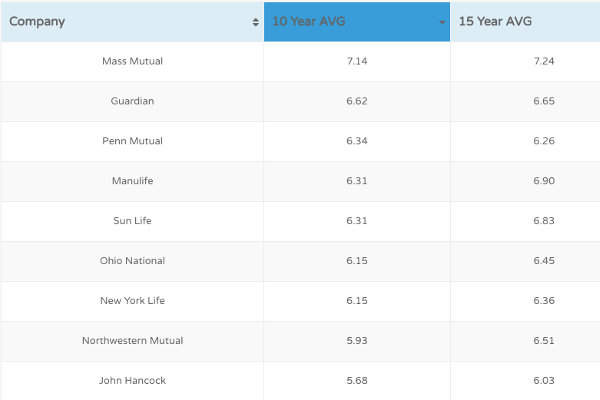As you shop for life insurance, you may wonder why different policies have different rates. The answer is simple: life insurance rates are based on a variety of factors that insurers use to assess your risk of dying while the policy is in force. Understanding these factors can help you make an informed decision when choosing a policy. In this article, we'll explore the top factors that affect your life insurance rates.
Get A Life Insurance Quote
Best & Cheapest




